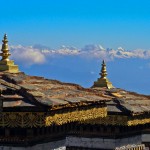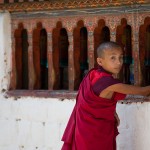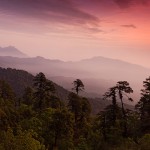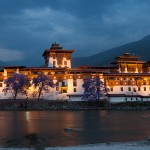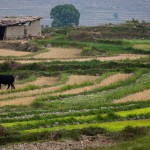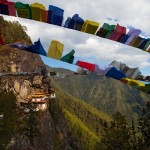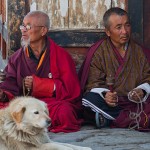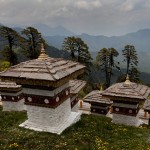This article was written for Terrascape, a travel magazine where I write a monthly column on photography.
For most travellers, it is a natural tendency to look for popular and well-known subjects when it comes to photography. So, when we travel to a beach-side holiday destination, we aim our cameras at the colourful sunset over the sea. In a town known for its rich heritage, we are likely to come back with photographs of famous monuments. The list can go on to subjects like waterfalls, mountain peaks, etc. But have you ever thought about photographing that small tea-shop next to your viewpoint? Or did you ever try exploring traditional occupations of people at a destination with your camera? Such digressions can often help you discover an unseen beauty that is not mobbed by every person with a camera.
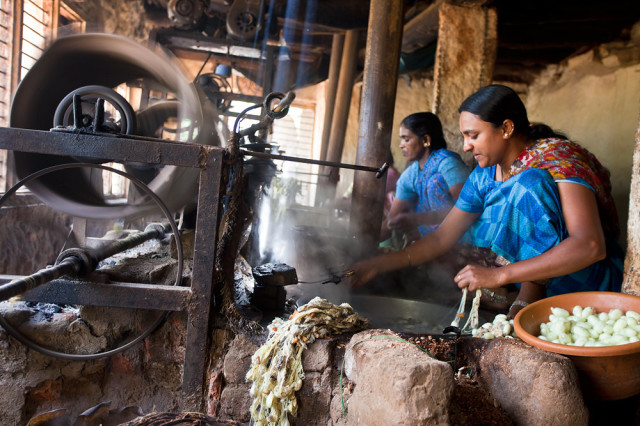
The best way to explore such less-known options is to allow yourself ample time and take a walk with your camera in a new place. It helps, if you have already done some research on the place and have some idea on what to expect. Some of the best sources of such information can be other photographers or travel journalists who may have visited the location in the past.
Personally, one major subject that fascinates me is crafts and workmanship from a region. The more complicated these are, the more appealing they are likely to be for the camera. For instance, I was spending a few days travelling around Thiruvananthapuram and photographing its locales for a story. In my first visit to the city, I went around Kovalam Beach and Padmanabhaswamy Temple– the well-known places to see. The next time, I spent some more time researching for interesting locales, and found a fishing town and a colony of traditional handloom weavers just south of town. These places not only showed me interesting faces of the city, it helped me make images that not every photographer will come back with.
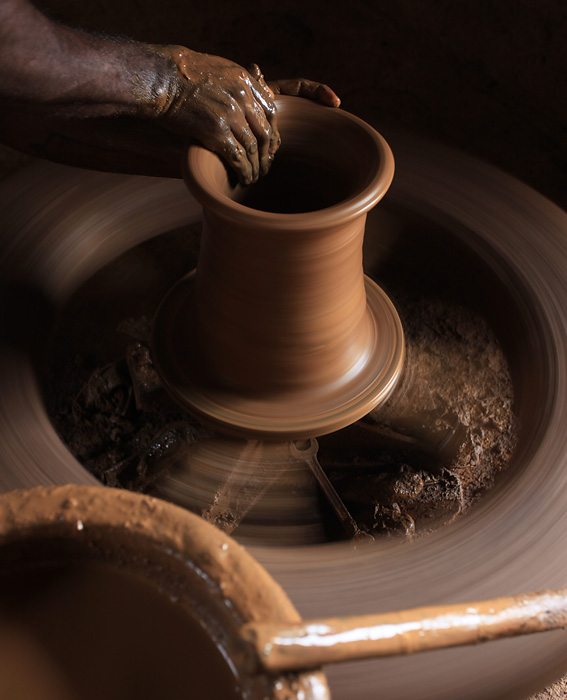
Another instance I recollect is from Nandi Hills, a picnic place near Bangalore. Most photographers go to Nandi to capture the landscape or birds in the area. But not far from this favourite picnic destination of Bangaloreans is a village that offers many unusual photography opportunities. One such place was a cottage industry, where half-a-dozen women worked extracting yarn from silkworm cocoons. It was an unusual place where rusted wheels were turned by a sooty motor, which accumulated shiny fiber of silk extracted from the cocoons.
Very often, such crafts are limited and specific to a locale that you may not find everywhere. And you will always find something interesting no matter you go. For example, you may find people making kites in the lanes behind Taj Mahal in Agra. Just outside Jaipur city is a well-established business of making hand made paper. Seek such occupations that make excellent digressions from the main scenes that attract everyone’s attention.
This article appeared in August issue of Terrascape, a travel magazine for which I am an editorial consultant and also write a column on photography. Read all the earlier earlier travel photography articles on India Travel Blog.
The technology of capturing images has come a long way since the time photography was invented. However, despite the advances, they still remain a long way behind the nature’s image capturing technology – the eyes. Cameras have not yet become as sensitive to light as our eyes are. While this poses several limitations, this also allows the cameras to capture some interesting images that eyes can’t witness.
When photographing objects in low-light, such as a landscape well after sunset or a dimly lit room, it takes a long time for a camera to record the image, thanks to the limited sensitivity of the cameras to the light. This means the shutter has to remain open for not just a fraction of a second that we are normally used to, but a few seconds to even a few minutes before the picture gets taken. Due to this, objects in motion register blurred or as streaks in the image, creating interesting effects. Let’s explore how we take advantage of this.
To be able to make images with long exposure duration (typically called slow shutter speeds), you require camera that permits you to set the shutter speeds manually. This feature is available in all DSLR cameras and many advanced aim-and-shoot cameras. You also require a sturdy tripod, as the camera can’t be held steady with your hands for such long durations.
Let’s explore some subjects that offer some interesting effects with slow shutter speeds.
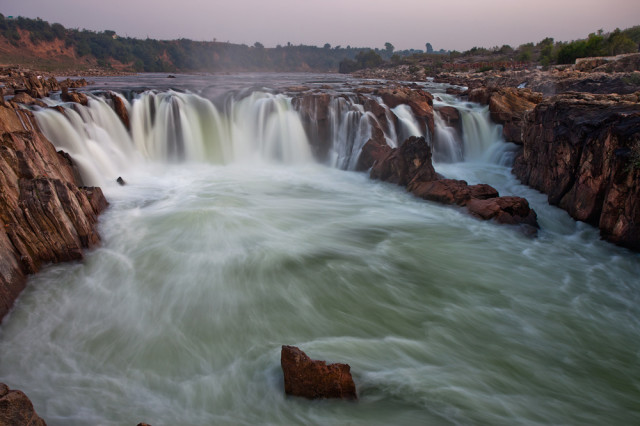
Waterfalls. When you photograph a waterfall at shutter speeds in the range of 0.2 to 2 seconds duration, the movement of the water gets captured in your image and the flowing water gives a silky effect. This looks much more beautiful than waterfalls photographed at normal shutter speeds, where the fall appears frozen, as if the water is hanging mid-air and not moving.
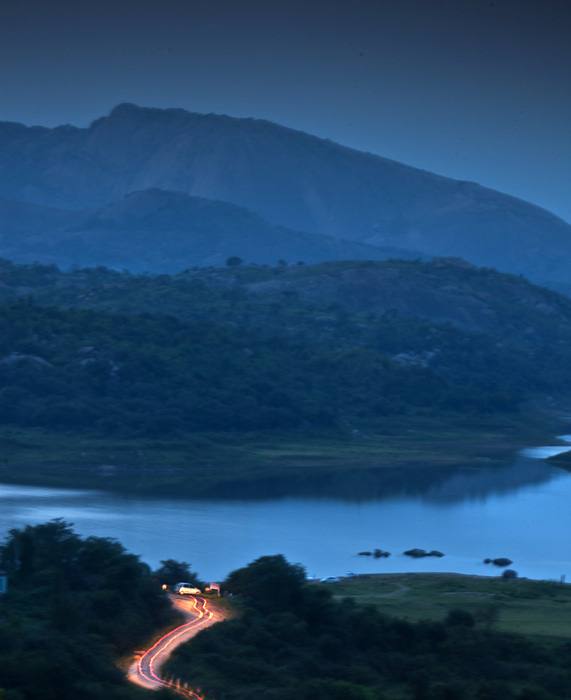
Moving Vehicles. The headlights and tail lights of moving vehicles in the night appear as glowing streaks when you photograph them at slow shutter speeds, typically longer than a few seconds. In a road with two-way traffic, you see the lights divided into red streaks for vehicles moving away from you (due to the colour of tail lights) and white streaks for vehicles moving towards you (due to headlights). The moving vehicles themselves may not appear as defined objects in the image, but the buildings and immovable objects in the frame appear perfectly normal.
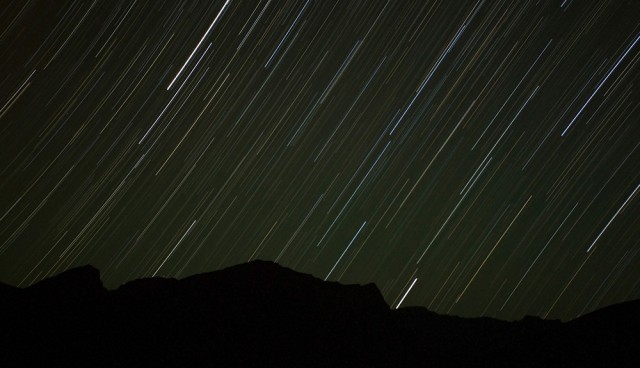
Star Trails. This is an extreme case of photographing at slow shutter speeds, where the duration of exposure can stretch for as long as ten minutes to even a few hours. Due to earth’s rotation, the position of stars keeps changing in the sky every moment, similar to the way the position of the sun shifts during the day. If you point your camera towards the sky in the night and leave the shutter open for more than five minutes, you can register this movement of stars, which appears as bright lines in a dark sky. Make sure you are at a dark place without too much light pollution, which allows you to capture maximum number of stars in the sky.
AS AIR TICKETS TO BHUTAN OFTEN GET COMPLETELY SOLD OUT, WE RECOMMEND THAT YOU BOOK THIS TOUR AS EARLY AS POSSIBLE
This September, I will be leading a photography tour for Darter Photography, to the extraordinary land of the Thunder Dragon. We join hands with Gypsy Feet Travels, experts on Bhutan, to take you to the mystic land of beautiful mountains, gurgling rivers, rice fields, happy people and Buddhist monastic traditions. See and photograph the captivating landscapes and culture of Bhutan with Darter Photography and Gypsy Feet. As you travel, learn to make mesmeric images of the country’s rolling mountains, ancient structures, people and the culture in a way that leaves a lasting impression.
See full details of Travel Photography Tour to Bhutan
Tour Details: Travel Photography Tour to Bhutan





